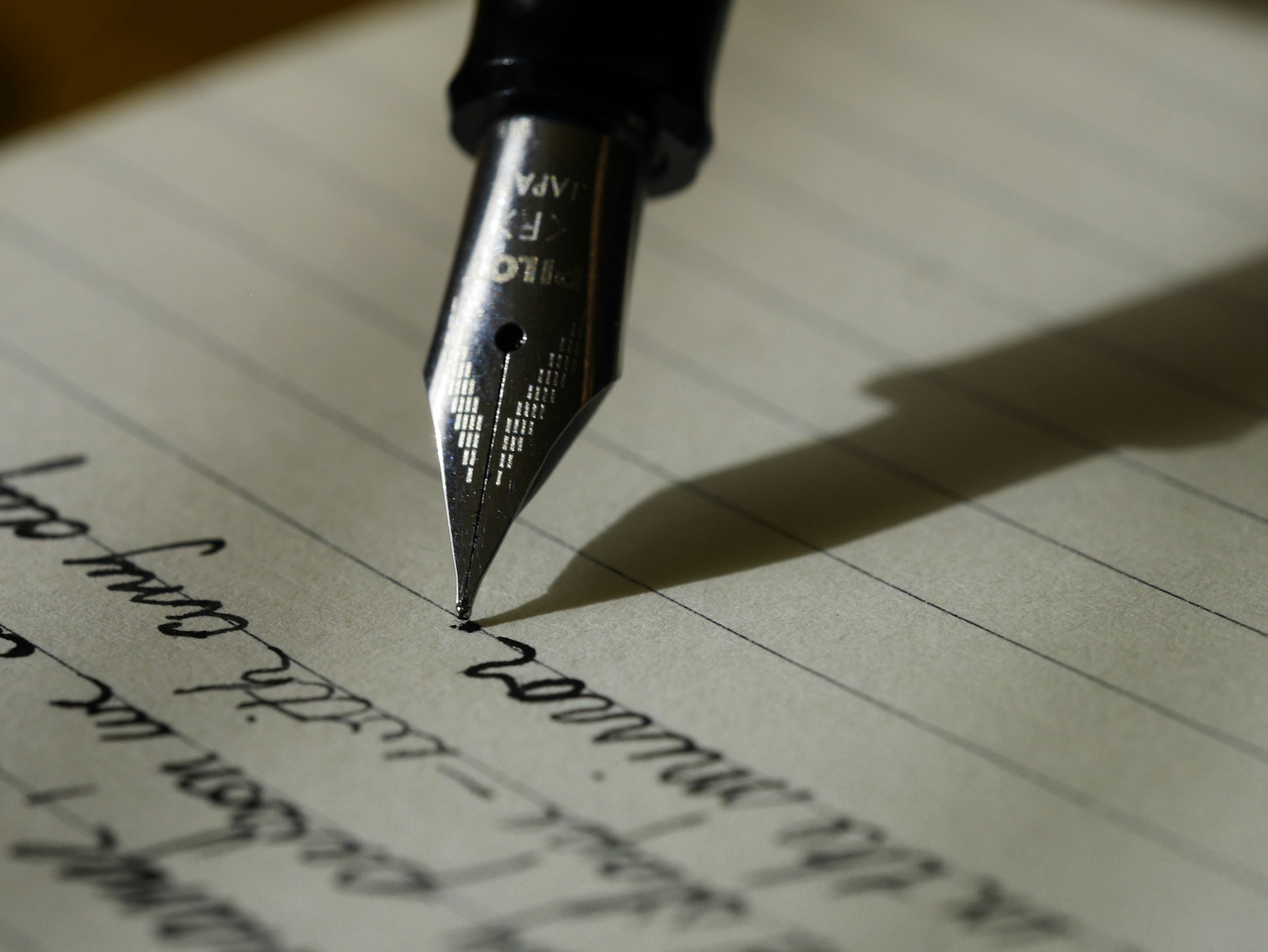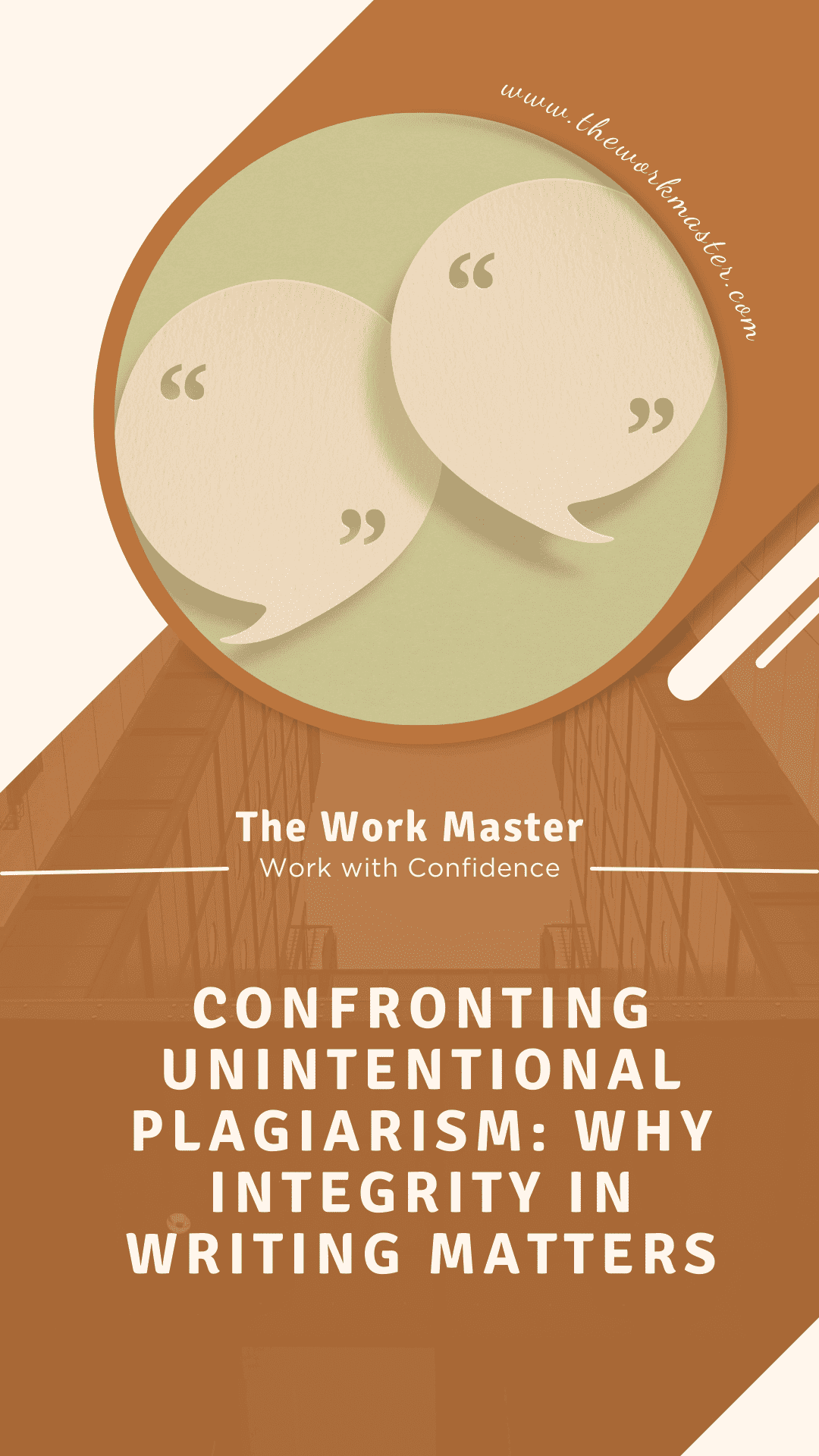Прочети на Български ==> Read in English (US)
Being involved in plagiarism can get you in trouble. If you know you are plagiarising content, it's one thing. A completely different situation is when you have no idea you are doing it.
In both cases, the consequences can get ugly. In this post, we'll discuss how to prevent unintentional plagiarism while writing and citing others.
Key Points about Unintentional Plagiarism
1. You can get involved in plagiarism unintentionally if you forget to cite your sources or use the wrong formatting style.
2. Sounding "too similar" to another author is a borderline case that you can avoid by using a plagiarism detection tool.
3. Double-checking your work will help you avoid mistakes, and verify the originality of your work.
Not Citing Sources Properly
A common mistake that you can make is not citing your sources accordingly. The reasons can be varied. You may not be aware of the best practices which can lead to using the wrong format of citing. Another case is when you simply forget to include the sources.
In the end, you might discover that you are involved in unintentional plagiarism. How deal with these issues?
Double-checking, and even triple-checking is your best friend here. During a busy day, it's easy to overlook a matter or ignore an important task.
Add verifying your sources as a
task on your checklist, and follow a predefined style guide to avoid formatting issues.
Paraphrasing Too Closely
If you change just a few words from an original text, this still counts as plagiarism. It might be unintentional plagiarism but it can still create problems for your reputation.
It's a common mistake, that many people do. But if you learn how to avoid it, you'll be one step ahead of your competition.
Keep in might that you can paraphrase, and it's not necessarily wrong. But if you do it, make sure you use your own style and
sentence structure. Make it sound like you.
Add a unique touch to the information, and paraphrase completely the rest. Don't be afraid to use your imagination and knowledge to include that extra value and perspective.
Not Using Quotation Marks
When you directly copy and paste a quote from a person or a website, always use quotation marks. The piece of information is not yours, and you should indicate that by adding the original author (with a link to the original content).
If you fail to do this, you are getting involved in unintentional plagiarism. Make it a habit to put the quotes first, and then add the text in between. You can easily avoid forgetting using this method.
Not Checking for Similarities
If you are using several sources and paraphrasing them, you can end up writing too similar content to others. It's tricky to catch this mistake, but there is a great way you can use to detect such similarities.
Using a tool, called
plagiarism checker will help you identify any unintentional similarities, and correct them before publishing. While this task is an extra step in your routine, it will save you from trouble in the long run.
Not Understanding the Difference Between Intentional and Unintentional Plagiarism
Many people assume that unintentional plagiarism is not taken as seriously as intentional. They believe that as long as you are not scheming to benefit from other people's work, they will be safe.
However, this is not always the case. Both types of plagiarism have their consequences, and it's hard to prove you "forgot" to add credit or quotations.
It's best to understand the difference between both types of
plagiarism and avoid them to the best of your ability. To be intentional means to deliberately use an author's work without permission or proper citation.
On the other hand, unintentionally using the original source is when you fail to add the reference to it, but it's not planned, nor intended to harm anyone.
Q&A Section
① Is unintentional plagiarism an excuse?
Although your intention is not to plagiarize, but rather it's a mistake, such situations are not taken lightly.
Citing your sources is important, and you should take the necessary steps to revise your work and properly reference the original texts.
② Is plagiarism often unintentional?
Yes, this is a quite common scenario. Especially when you are paraphrasing someone's words. It can happen that because you've read an author's work, you were so influenced that even your paraphrasing may sound very similar to the source.
To avoid this, it's best to focus on your own ideas and present them uniquely.
③ What happens if I unintentionally plagiarize?
While you didn't plan to do it, this type of plagiarism still has its consequences. Your reputation may be damaged, and depending on the area you work in, your credibility may suffer, too.
Checking and catching all accidental mistakes is very tedious, but it's the best way to avoid trouble in the future.
Final Thoughts
Summing up, there are great techniques you can use to avoid unintentional plagiarism. Being cautious of this matter is as important as any other aspect of your work.
Plagiarism checkers can give you a great advantage in the battle with paraphrasing. Manually check quotations and citation formatting right before publishing.
Using these best practices will help you avoid unnecessary misunderstandings and keep your reputation intact.
Be original, and unique, and show your best interpretation of a topic using your personal style.
Initially, it might seem daunting, but in time, you will get to a point where you'll do it automatically.
Do you have any experience with unintentional plagiarism? What happened and how did you deal with it? Let me know in the comments below.




These are all good things to know. I worry sometimes that I'm not quoting something right. Usually if I'm in doubt, I will simply link to the original source.
ReplyDelete